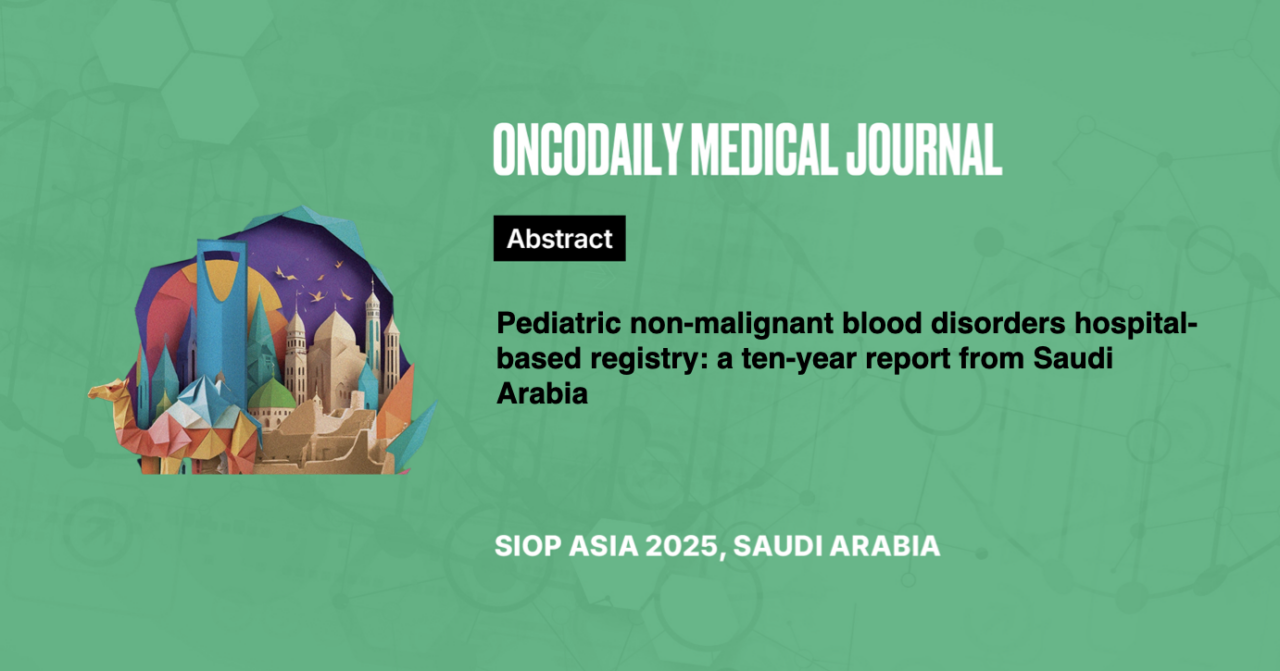Pediatric non-malignant blood disorders hospital-based registry: a ten-year report from Saudi Arabia
Abstract
Introduction: Pediatric Hematology and Oncology (PHO) department at King Faisal Specialist Hospital & Research Centre, Saudi Arabia is dedicated to evaluate, diagnose and treat children with a wide range of non-malignant blood disorders (NMBDs) with an Institutional Review Board (IRB) approved hospital-based registry.
Methodology: Retrospective analysis of registry data from REDCap (Vanderbilt University) web-based registry database collecting demographic, consanguinity, diagnostic and survival data since 2015.
Results: This Hospital-based registry was established in 2015, and during the last ten-years a total of 1095 cases were registered. Among those 143 (13%) were screened and remain under work-up as they persistently continue to show symptoms (anemia,10%; coagulopathy,7%; bleeding,2%; cytopenia 2%; primary thrombocytosis,2%) . Total 786 (72%) patients reached a confirmed diagnosis of NMBDs with a median age at diagnosis of 7.3 (2 days – 13.9) years,there were 463(59%) males and 323 (41%) females.
Diagnostic statistics showed the majority of the cases were diagnosed with hemoglobinopathies in 338 (30%) followed by thrombosis in 103 (9%) and bleeding disorders in 84 (8%) patients. Positive consanguinity was observed in 32% (254) and when compared by diagnoses a statistically significant (p=0.001) correlation for hemoglobinopathies and bleeding disorders was observed. This registry is capable of pooling data to achieve sufficient sample size for epidemiological and/or clinical research for rare diseases: rare bleeding disorder (n=28), Glanzmann thrombasthenia (n=11), hypereosinophilic syndrome (n=3), and Bernard Soulier (n=2).
Conclusion: Marking the tenth anniversary, we invite all hematologists to join this registry capable of generating unique data that may enable to study elaborate effects of consanguinity on NMBDs and may serve as a key instrument to develop clinical research in the field of rare diseases (RD), to improve patient care. Additionally, we speculate this registry will facilitate us to estimate financial burden on regional healthcare systems prompting investments in well-organized awareness and screening programs.





